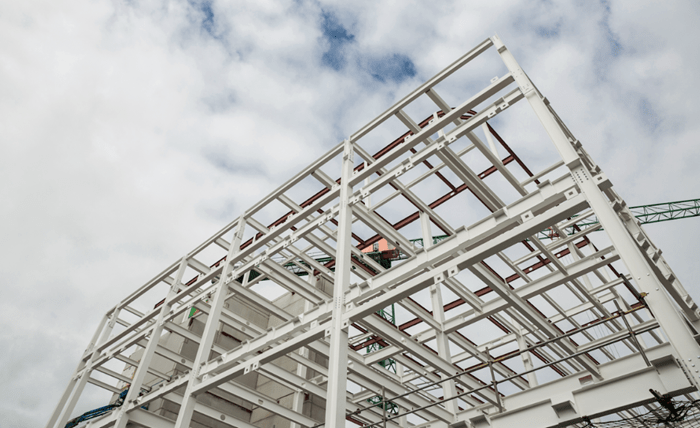Metal buildings have become a popular choice for commercial, agricultural, industrial, and even residential use. Their durability, versatility, and cost-effectiveness make them stand out among traditional building options. But what truly sets them apart is how they help property owners save both during construction and throughout the life of the building.
Here’s a closer look at how steel buildings contribute to lower costs in both the short and long term. Read on!
1. Reducing Construction Time
One of the most immediate ways metal structures help save money is by cutting down construction time. These structures are often pre-engineered, meaning the components are fabricated off-site and shipped ready to assemble. This streamlined process eliminates many of the delays that come with traditional construction, such as weather-related setbacks or prolonged site work. Faster construction not only decreases labor costs but also gets your building up and running more quickly, allowing you to generate revenue sooner.
2. Minimizing Material Waste
Metal buildings, such as those available at Simpson Steel Building Company, are manufactured with precision, ensuring that every piece fits exactly as designed. This accuracy results in significantly less material waste compared to wood or concrete construction, where on-site adjustments often lead to excess scrap. With metal, you pay only for what you need, and you’re less likely to face over-ordering or disposal costs.
3. Lowering Labor Costs
Because of their modular design and simplified assembly, steel buildings typically require fewer workers and less time to erect. Specialized labor is minimized, and crews can complete tasks more efficiently. Whether you’re hiring a construction company or managing a build yourself, the reduction in man-hours directly translates into cost savings. These structures often come with detailed instructions, reducing the chance of errors and the cost of rework.
4. Decreasing Long-Term Maintenance
Once built, metal structures continue to save money through their low maintenance requirements. Most steel structures are coated with rust-resistant finishes, which means they don’t require frequent repainting or repairs. Regular inspections and simple cleaning are often all that’s needed to keep a steel building in top shape, saving owners money year after year.
5. Improving Energy Efficiency
Modern metal buildings can be designed with insulation systems and reflective coatings that significantly reduce energy costs. Metal roofs can reflect solar heat, helping keep the interior cooler during hot months. Meanwhile, insulated wall panels and ceilings lower heating costs during colder seasons. These energy-efficient features not only make the building more comfortable but also lower monthly utility bills and lessen the load on heating, ventilation, and air conditioning (HVAC) systems.
6. Extending Building Lifespan
Durability is one of the most important cost-saving advantages of metal buildings. Steel structures are resistant to fire, mold, pests, and extreme weather. This means fewer repairs and less frequent replacements compared to traditional materials. With a lifespan of 40 to 70 years — or even longer with proper care — steel buildings offer long-term value that continues to pay off over decades.
7. Enhancing Insurance Savings
Insurance companies recognize the safety and durability of metal structures and often offer lower premiums as a result. These structures are less susceptible to fire damage, structural failure, and weather-related incidents, which lowers risk in the eyes of insurers. Reduced insurance costs add up over time and can be a significant contributor to your building’s total return on investment.
Choosing a metal building isn’t just a construction decision; it’s a smart financial move. From reduced upfront costs and faster build times to minimal maintenance and energy efficiency, steel buildings offer a wide range of ways to save. Whether for commercial or personal use, investing in a metal structure is a practical choice that supports both your budget and long-term goals.

